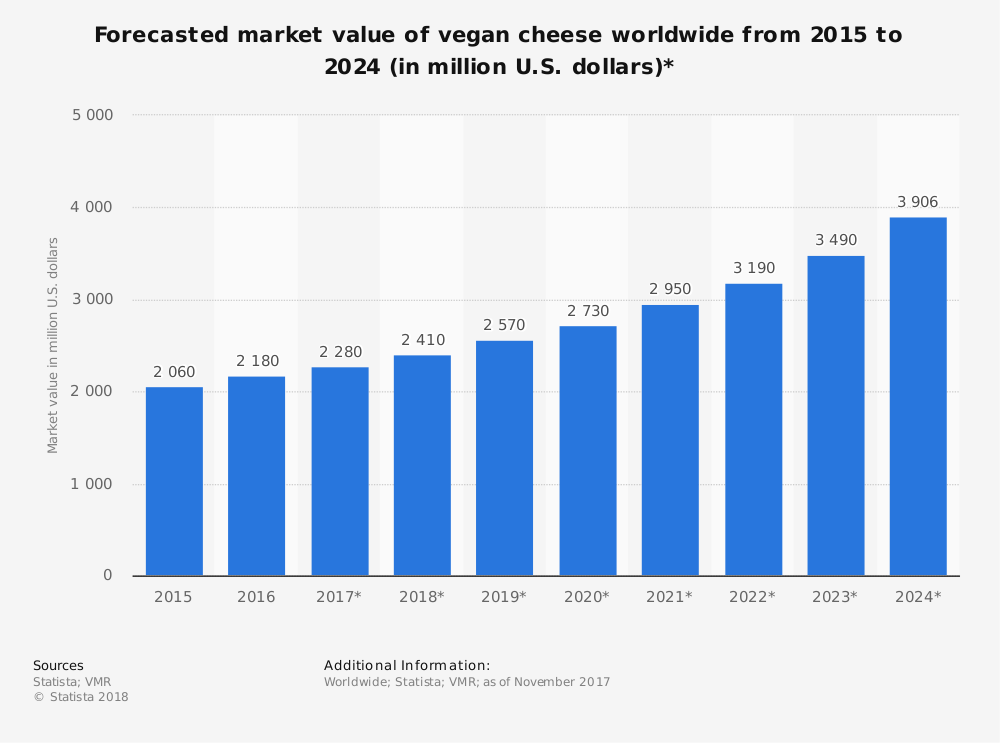This week’s short curiosity box explores the following topics
Do fake people exist?
What is vegan cheese?
1 – Fake people and they power they behold
This week I found an interactive webpage in the New York Times. Scrolling through the webpage has been a mind-blowing experience for me. Never did I know that a Machine Learning code can create a person who doesn’t exist.
A computer generated the pictures you see below.

The technology that goes behind this work is called Generative Adversarial Network (GAN).
GAN is a recent innovation in Machine Learning, where a piece of code generates a new data set that resembles your training data set. In other words, if you provide an image of a real person to GAN, you will get a photo of an almost similar-looking person.
Under the hood, GANs have two parts: A generator that learns to generate a plausible image and a discriminator that picks out the fake images. There is a back and forth iterative process that happens between the two parts. The discriminator compares every image the generator creates with the images of real people and picks out the fake images. During all these steps, the generator learns how to fool the discriminator. The process repeats until the discriminator gets fooled and passes off a fake picture thinking that it is an actual image.
At first glance, the images might look too good to be true, but there are some give-aways. The machine learning capabilities have still not mastered in capturing accessories that we have on, like our glasses and earrings. Also, sometimes it adds new elements that don’t exist. And probably the biggest give-away is that the backgrounds are blurry most of the time.
Knowing this will at least equip us to know to pick out a fake profile, no matter how legit it looks. This video below is a good weekend watch
2 – What is vegan cheese?
Seeing a vegan pizza in a dominos menu was like the last straw that broke a camel’s back – it made me question the whole ideology of a pizza. For me, the underlying premise of a pizza is the gooey cheese that drips and stretches as one lifts a slice. So, therefore, I got a philosophical question that if the cheese is not the real thing, then is the pizza real?
The concept of veganism is to avoid eating any animal-based food or drinks. In some extreme cases, it even includes abstaining from using animal-based products. Although the term “Vegan” was coined in only 1944, the roots of the principles extend to ancient India and eastern Mediterranean societies.
As vegetarian societies proliferated around the western world, the trend caught and it soon became “a thing”. The market value of vegan cheese product is expected to be around $4.5 billion by 2025.

Vegan cheese is a derivative of plant-based ingredients. The first vegan cheese was made in the 1980s, and I believe that it was not palatable. But after eating today’s vegan cheese, they are just as good as the real thing. Vegan cheese comes in different forms such as shredded, creamy, blocked, sliced, soft cheese, and parmesan.
The following are some of the sources of vegan cheese that made me curious to know more.
- Coconut
- Cashews
- Pecan nuts
- Almonds
- Sunflower seeds
- Potatoes
- Carrots
- Pumpkin seeds
- Chickpeas, and
- Flour.
Using nuts is the most popular DIY vegan cheese. I found this video online – not sure if I would want to take up this venture though.
That was a concentrated piece of explanation !!!